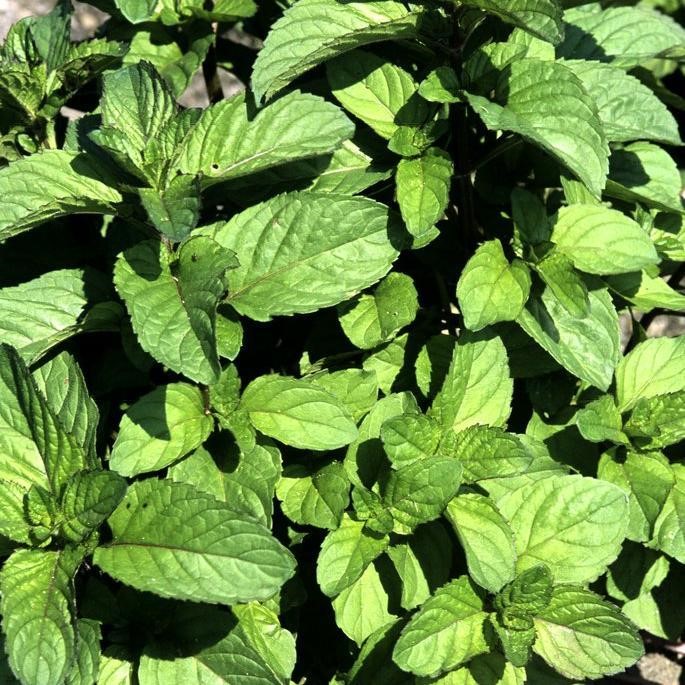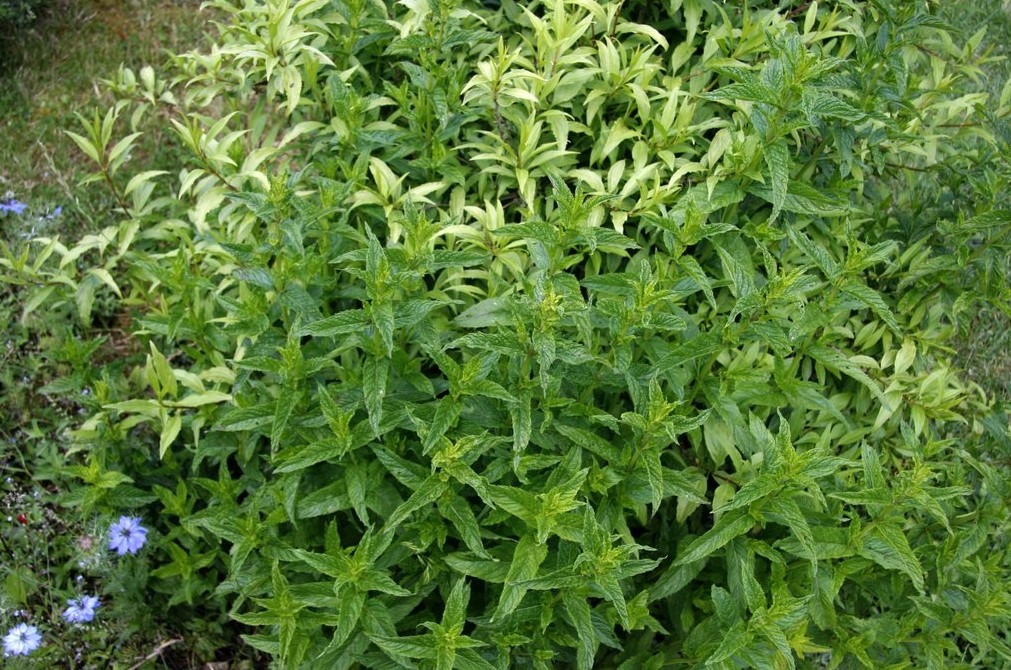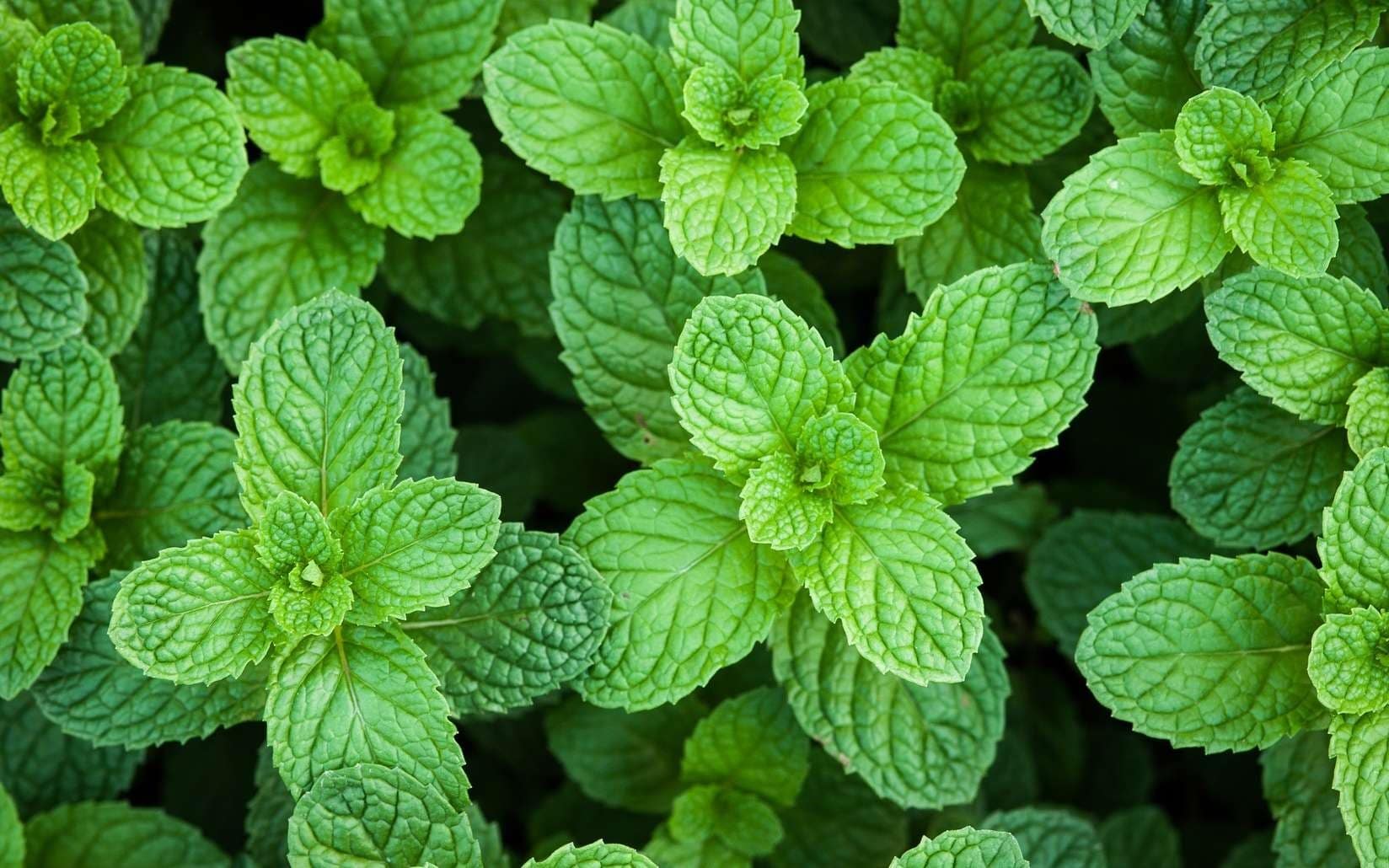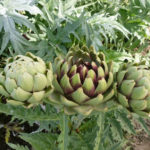When to sow mint?
The planting of potted mint is done in March and April, but it must be certain that any risk of frost is then removed. The cuttings will be put in place in summer, it is the cuttings made in the spring that you plant then.
It is advisable to plant mint at the time of the descending moon.
Which varieties to choose?

There are twenty varieties of mint, here are some of the most interesting:
- Spearmint or sweet mint : Its smell evokes chewing gum with mint. It measures between 30 and 60 cm and its leaves are flat or frizzy, but always green. Its foliage is persistent. It is used for meat because of its sweetness, as well as for tea. She is from South Africa.
- Peppermint or English mint : It comes from a cross between aquatic mint and spearmint. It gives off a strong smell, with a strong peppery touch. It is the richest in menthol. It is between 40 and 60 cm.
- Pouliot Mint it is particularly used in Spain and Italy. It measures only 20 cm and has a creeping port. It is very fragrant and its foliage is gray-green or variegated and its flowers are pink and lilac.
- Orange mint also known as orange mint or mint with round leaves : it has a height of 80 cm and it is certainly one of the least fragrant, even if it releases flavors and aromas of citrus. It has rough leaves and pink or white flowers.
- Buddleia mint or long leaf mint : what distinguishes it are its elongated leaves. It is a sweet mint that measures about 1 meter in height.
- The aquatic mint Also known as water mint, river balm, water balm or frog mint: it is found in wet areas at the water's edge and has a strong menthol smell. The foliage is very aromatic and it culminates between 40 and 60 cm. It is a perennial aquatic or semi-aquatic, rich in tannins and essential oil.
- Red mint : it is a very fragrant mint that is used as the classic spearmint. The leaves are green and the stem is burgundy red.
- Black mint : it gives off a peppery scent that is both sweet and powerful.
- Tight mint it owes its name to its tense and curled leaves. She is very close to the spearmint in terms of taste. It measures 50 cm. It is very fragrant and often used for mint tea.
- Wild mint : it is a variety with large leaves very fluffy. Its very special smell is sometimes less appreciated than that of peppermint or green peppermint.
What to do before sowing mint?
Before planting your mint, you must prepare the soil properly by digging it to loosen the earth that will welcome it. Pebbles, weeds and roots should also be removed that could interfere with the formation of your own root system.
You then incorporate well-ripe compost to the ground because mint likes fertile soils.
Mint is a plant that quickly becomes invasive. It is advisable to create an anti-rhizome barrier so that it has its own space and prevent its roots from spreading everywhere. You can also plant it in a bottomless container to hold it. You can opt for example for a zinc basin.
How to sow it?

You can plant the mint that you bought in pots or jars in March or April. But beware, the soil must be warmed and any risk of frost is removed. You should know that it is easier to plant the mint that you bought than to sow it.
Planting mint in scoops:
- Make a hole slightly larger than the root ball and place it in the middle.
- Tamp the earth lightly around the foot.
- Water generously.
Sowing in the ground:
- The soil must be fine and the soil will be well digged.
- Add potting soil and mix with garden soil.
- Sow your seeds in rain.
- Tamp well with the back of a rake or with a board.
- Water generously.
- Regularly monitor the development of your mint and water as soon as the soil is dry.
Sowing under shelter:
It is necessary that the shelter is bright and has a temperature of 18 ° C, approximately.
- Fill your buckets with potting soil.
- Place a few seeds on the surface in each of them.
- Tamp the earth.
- Water correctly.
- Watch for growth and maintain some moisture.
Cut the mint:
- Take a mint sprig and put it in a glass of water.
- Let the roots grow for a few days or weeks.
- When the stem has roots a few millimeters, plant the cuttings in small pots or pans filled with potting soil only.
- Water well at first and then slightly afterwards, leaving no stagnant water.
- As soon as the foot has new small stems and is strong enough, put it in the ground.
Divide the mint:
- To divide the mint, give a spade to the middle of the ground mint foot.
- Turn to divide the tuft in half.
- Immediately replant both feet of mint.
- Dig in the place where you want to put it, on the height necessary so that it has sufficient space to blossom.
Where to plant mint?

The mint is best planted in a sheltered and sunny place, but avoiding the hot sun of mid-day. She does not like the sun at the hottest hours and it is best to shelter from the wind.
She likes heavy, moist, rich and humorous soils. You can grow it in pots, planters, in the ground, in rock gardens, curbs or beds. She likes cool soils and finds her place easily near a pond or stream.
She keeps ants and aphids away and enjoys the company of chamomile, cabbages, tomatoes, turnips, radishes, peas and broccoli. On the other hand, she hates having nearby carrots, pickles, cucumbers and corn.
How to maintain it?
Mint is a plant that requires very little maintenance:
- Slew and kine very regularly to ventilate the earth.
- Cut the stems a few centimeters from the ground during November.
- You must not put fertilizer.
- You can also pinch the end of the stems to cause the formation of many leaves and to prevent it from blooming.
How to water mint?
You water it well enough throughout the crop and especially when temperatures are high and the weather is dry. However, do not overdo it, because mint does not like stagnant moisture at all.
Harvesting mint: when and how?
You will harvest mint between May and September, and most often from March until October, everything depends on the temperatures. The easiest way is to harvest the leaves as and when you need them, preferably in the morning.
It is necessary to renew the feet of mint every three years, because it ends up exhausting itself.
To preserve it, you can suspend it in a bouquet or keep the leaves flat, the time of drying. It must be protected from light and in an airy and dry place. It is also possible to put them in the freezer once they are clean and dry.
The diseases of mint and what to do?
No parasites are known to mint, however it is susceptible to powdery mildew. This disease is also called white disease. You spot it, because it forms a mealy and white veil on the plant. The leaves, once assaulted, perforate and deform. Mildew is observed especially in confined areas and when the air is very humid.
Do not hesitate to carry out preventive treatment with baking soda that you spray directly on the leaves and the foot.
To make this mixture:
- Mix the following ingredients: 10 grams of baking soda with ¼ liter of water and 40 ml of liquid Marseille soap.
- Spray this mixture on the leaves.
If powdery mildew is already installed, you can use sulfur that remains relatively effective. It should be treated preferably in the spring. Cut and burn the plants that are already too affected by the disease. It is also necessary to limit the supply of nitrogen fertilizer.
Read also :









